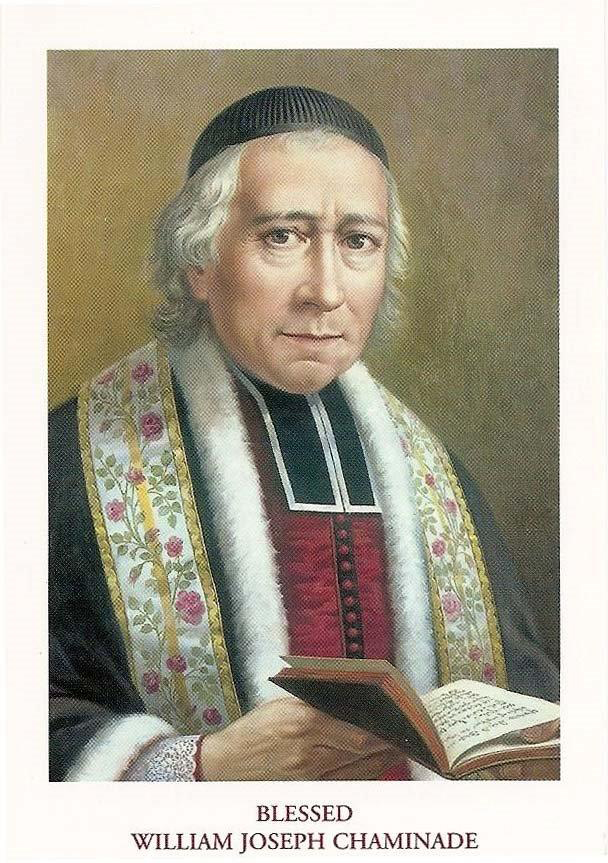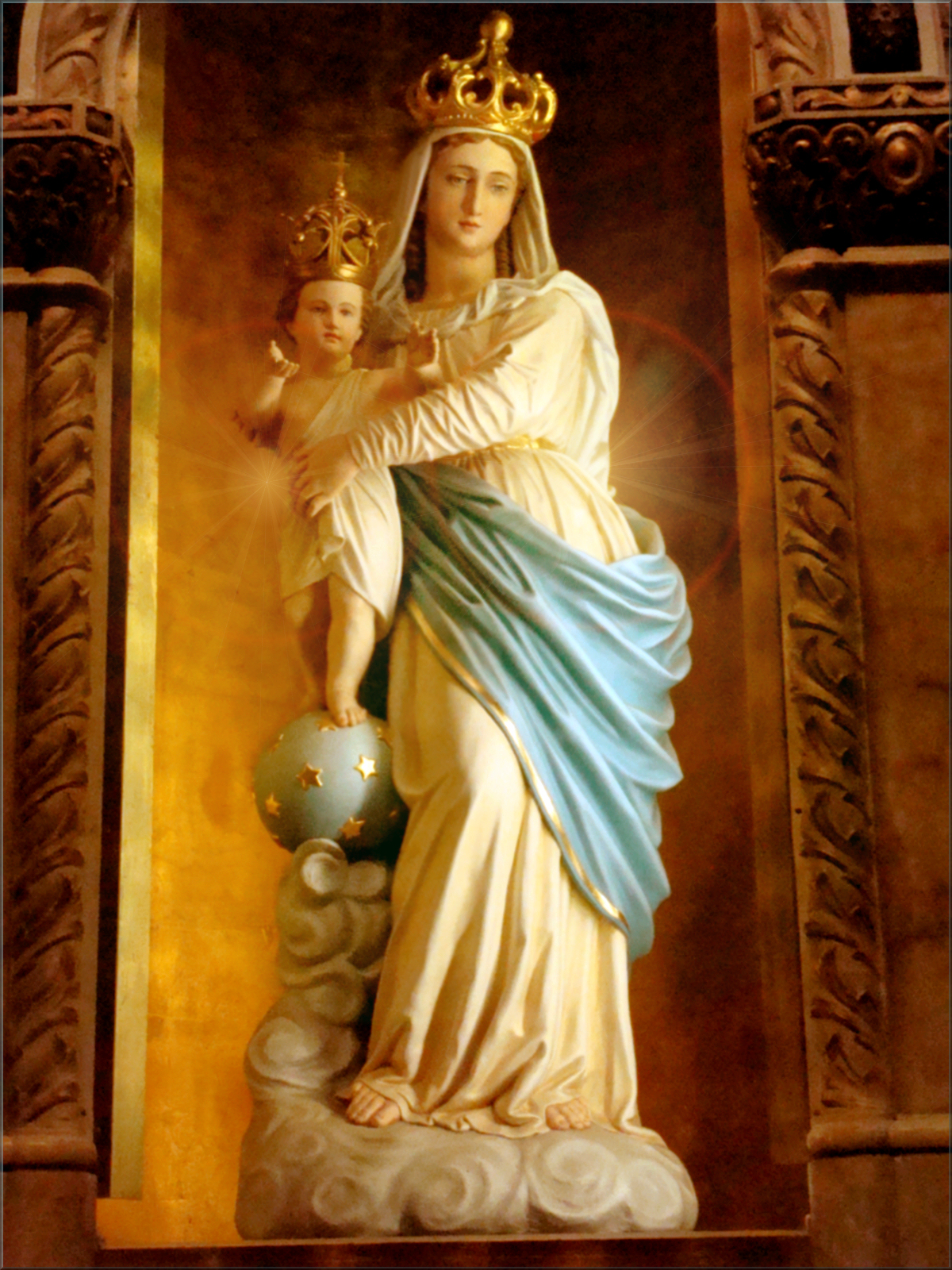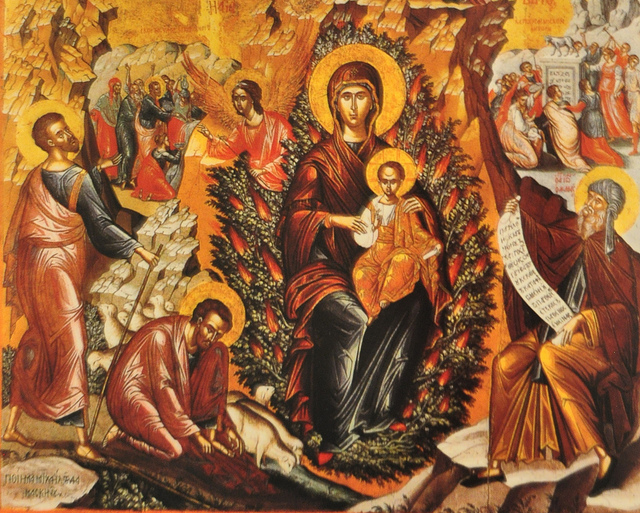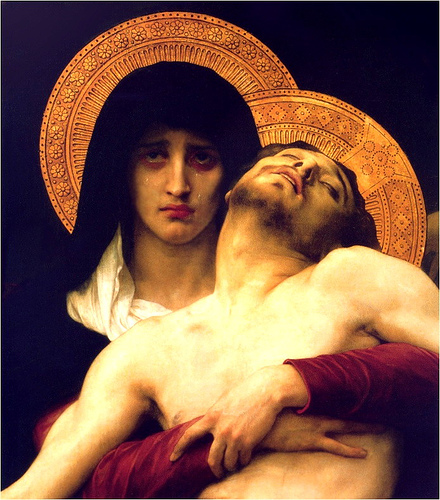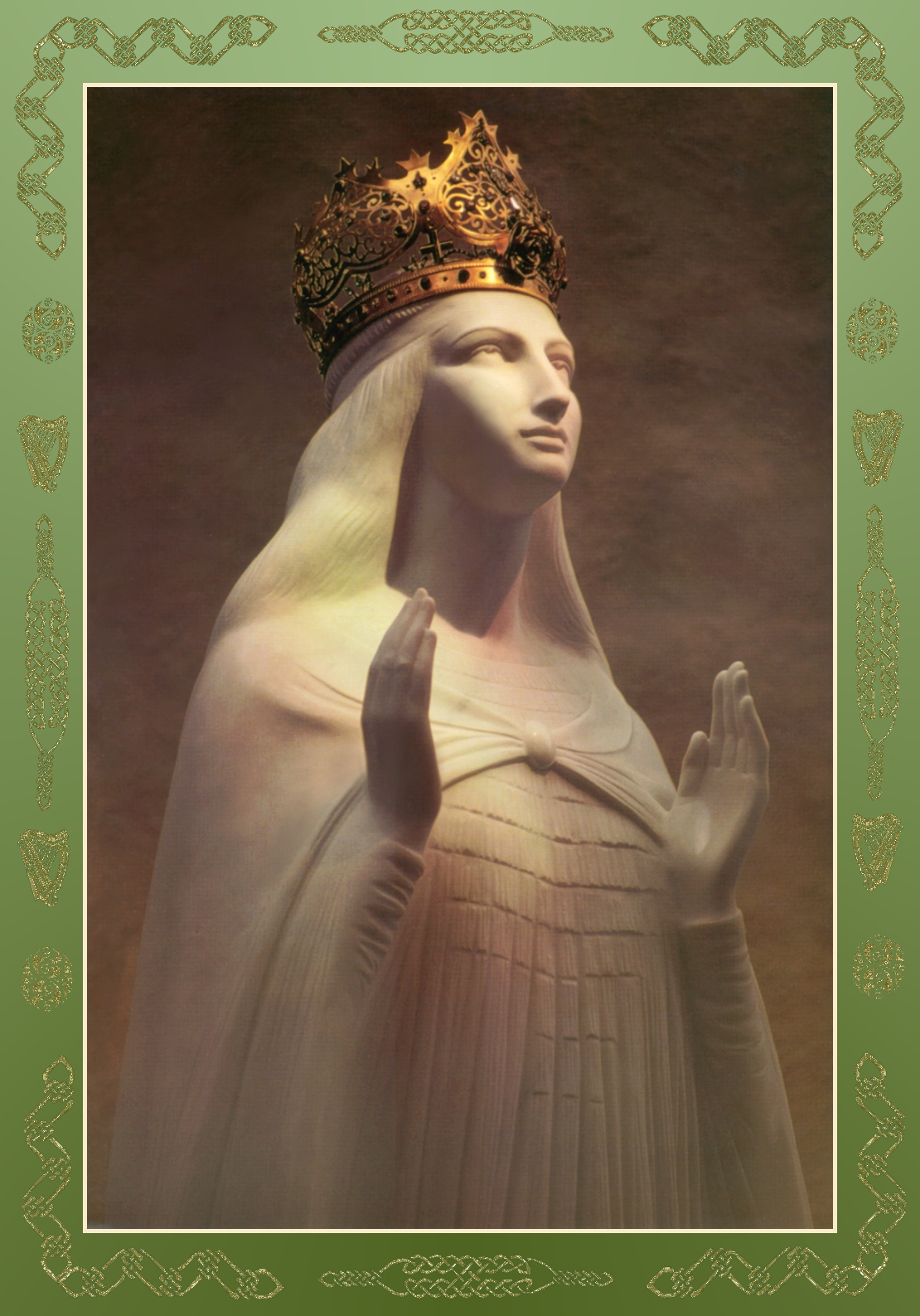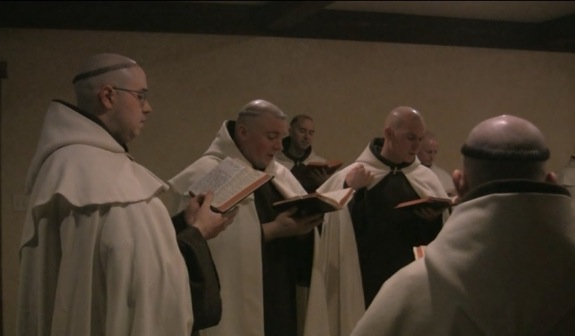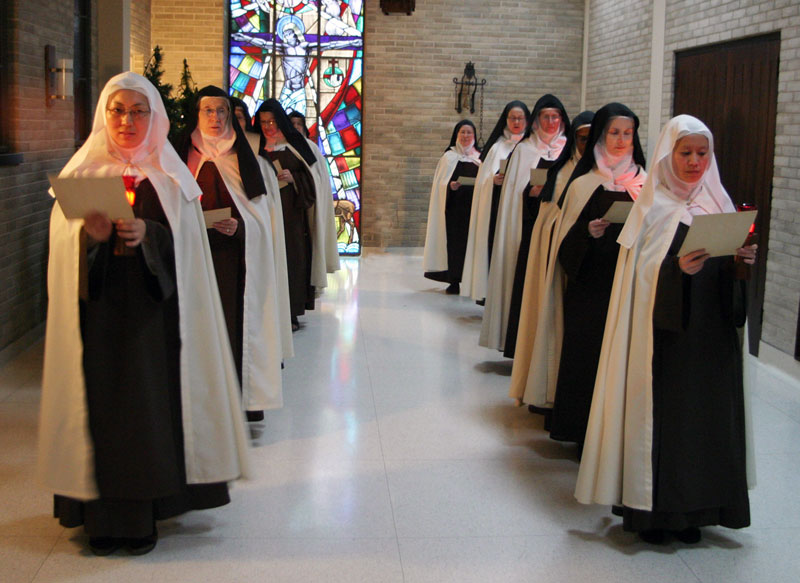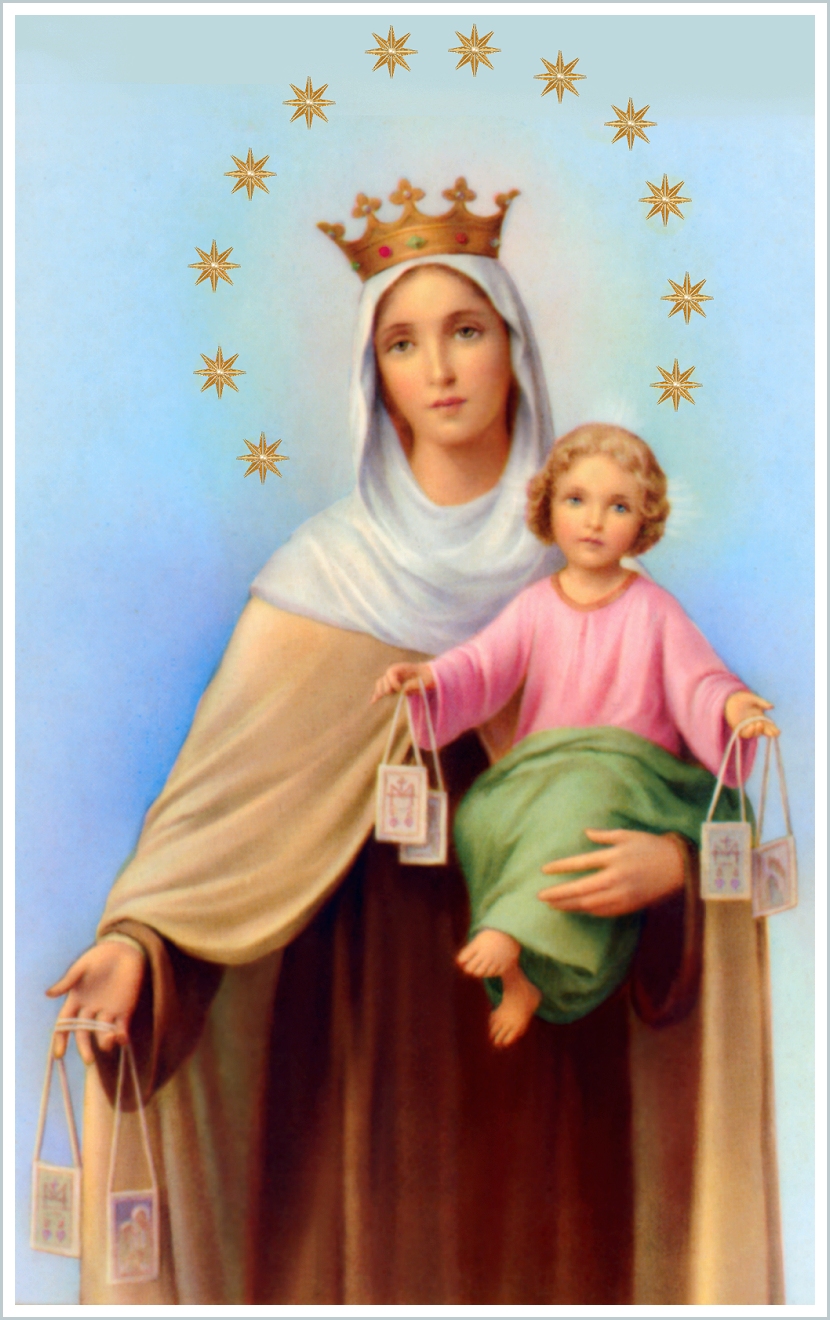To the south of Bordeaux a road leads down across the Pyrenees into Spain. This was the road Father William Joseph Chaminade followed into exile in September of 1797. He was a French priest in disguise, escaping the enemies of the Church in his native land. Close by lay the danger of arrest. Other priests had already died as martyrs. But Father Chaminade was at peace. He was a man of faith.
The night before his journey into exile Father Chaminade wrote: “What is a faithful man to do in the chaos of events which seem to swallow him up? He must sustain himself calmly by Faith. Faith will make him adore the eternal plan of God. Faith will assure him that to those who love God all things work together for good.”
The Vision
In Saragossa, Spain, near the Shrine of Our Lady of the Pillar, Father Chaminade settled down to wait out his exile. Here he prayed and planned for his future work. And here he received from Our Lady a special message. He was to be Mary’s missionary. He was to found a society of religious who would work with her to restore the Faith in France.
So vivid and detailed was the inspiration given to Father Chaminade, that years later he could say to his first religious, “As I see you now before me, I saw you in spirit at Saragossa, long before the foundation of the Society. It was Mary who conceived the plan of the Society. It was she who laid its foundations, and she will continue to preserve it.”
Two of Father Chaminade’s favorite prayers reveal the intensity of his love of God and of Mary:
“The most just, most high, and most amiable will of God be done, praised, and eternally exalted in all things!”
“May the Father and the Son and the Holy Spirit be glorified in all places through the Immaculate Virgin Mary.”
The beginning work . . .
Father Chaminade returned to Bordeaux in 1800. There he established Sodalities of OurLady which spread their influence throughout France. He considered himself a missionary of Mary. Strong in his love for Our Blessed Mother, he gathered men and women around him who dedicated their lives to her service.
Working together, these men and women of Faith began to rebuild the Church which had been destroyed. The Society of Mary and the Daughters of Mary sprang from the sodalities of Father Chaminade. These groups continue to do Mary’s work in countries all over the world. Because Chaminade’s work was the work of Mary, it remains. And the words of this man of Faith still speak to us today.
From the Chapel of the Madeleine as from a fountain, grace poured throughout the entire city of Bordeaux and southern France. To this day the Madeleine, in the old down-town section of Bordeaux, is a center of Christian life. There Marianist priests and brothers, members of the religious congregation Father Chaminade founded, minister to the people. Many come to pray, to receive the Sacraments, or to seek spiritual refreshment.
All kinds of people involved . . .
From the beginning Father Chaminade invited people from varied backgrounds to work with him. There were husbands and wives, teachers, business men, young men and women, seminarians, priests, and representatives of every class.
-Together they worked to rebuild the shattered Faith in France.
-Together they found a deepening of their own Faith in the imitation of Jesus.
-Together they responded to the words of Mary at Cana, “Do whatever He tells you.”
Father Chaminade called this group the Family of Mary. Their outstanding characteristic was a deep spirit of Faith. For Chaminade, Faith expresses itself most perfectly in the imitation of Christ:
“A true Christian cannot live any life but the life of Our Savior Jesus. When we try to imitate Him the divine plan is carried out in our lives. The Blessed Virgin is our Model. She is a very exact copy of her Son Jesus. When we are devoted to Mary we will imitate Jesus.” “YOU MUST TASTE WHAT YOU BELIEVE.”- Father Chaminade
The importance of Mary
Father Chaminade never tired of speaking about the strong, victorious Virgin Mother of Christ:
“Jesus made Mary the companion of His labors, of His joy, of His preaching, of His death. Mary had a part in all the glorious, joyous, and sorrowful mysteries of Jesus. The deposit of the Faith is entirely in Mary. At the foot of the Cross she held the place of the Church. The mysteries which were announced to Mary were accomplished because she believed.”
History of the beatification cause
Chaminade died January 22, 1850. He was buried in the Carthusian cemetery in Bordeaux. In 1871 his remains were removed from the priest’s vault to a large square plot where a monument was erected to his memory. Father John Lalanne, the first Marianist, spoke on the occasion. He said, “We were witnesses during our younger days of his life and words. We affirm that we never saw him spend a day, not even a single hour at anything which did not relate directly to God and to the welfare of souls.”
Before long people began to come to his tomb. Some of them remembered him as a saintly old priest. Others knew only that a holy man was buried there.
In 1973 Pope Paul VI proclaimed that Father Chaminade had practiced virtue in a heroic degree. This proclamation of the Church is an official step toward the beatification and canonization of Father Chaminade.
Prayer +
O God, light of the faithful and shepherd of souls,
who set blessed William Joseph Chaminade in the Church
to feed your sheep by his words and form them by his example,
grant that through his intercession
we may keep the faith he taught by his words
and follow the way he showed by his example.
Through our Lord Jesus Christ, your Son,
who lives and reigns with you in the unity of the Holy Spirit,
one God, for ever and ever. Amen.
(from The Roman Missal: Common of Pastors—For One Pastor)
Love,
Matthew

